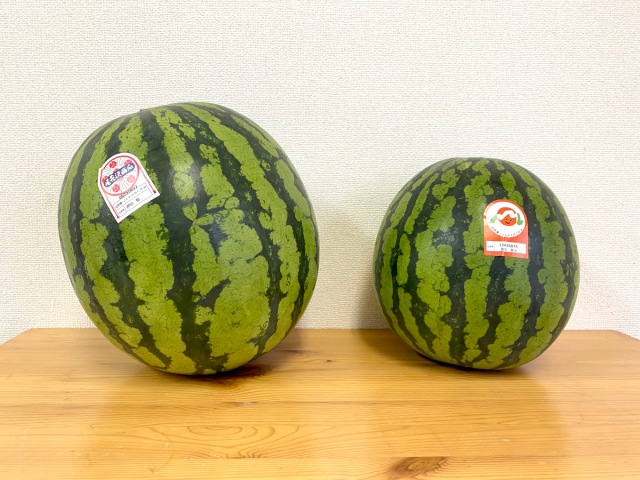
Taste isn’t the only determining factor for expensive fruit in Japan.
All the members of our Japanese-language team pride themselves on their taste-testing skills. Whether they’re eating hot dogs or curry bread, their confidence in producing excellent tasting notes is unrivalled, but there are two things that, by their own admission, tend to trip them up, and that’s condiments and fruit.
So, in order to improve their skills, the gang have been blind-tasting expensive luxury foods alongside cheaper versions, to see if they can refine their palates. They’ve been getting pretty good at picking the more expensive item in their blind-tastings lately, but in order to stop them from getting too cocky, our boss decided to throw them a curveball, or should we say curve watermelon.
▼ We’re ready to catch whatever you throw at us, boss!”
With that, let’s cut to the melons. The two that have been prepared today vary greatly in price and size, with the one on the left costing 5,400 yen (US$38.96) from the Isetan department store, and the one on the right costing 1,980 yen, from a Japanese supermarket.
Despite their differences, both these specimens are actually called “Yamagata Prefecture Obanazawa” watermelons, meaning they’re the same variety and both produced in Obanazawa, Yamagata. The one bought at a department store is around 2.5 times more expensive than the one bought at the supermarket, and though there are some visual differences between them, our taste testers won’t know that because they’ll be blindfolded for the tasting.
▼ Expensive fruit (top) and less expensive fruit (bottom).
So let’s get to it and see if our reporters can pick the more expensive variety!
P.K. Sanjun: B
“Honestly, neither one feels cheap. Their peak sweetness levels are almost the same, so there might be a slight margin of error here. However, I felt that A’s sweetness faded as I ate towards the exterior of the watermelon. Of course, the same is true for B, but I feel that the part closer to the skin also stayed sweet to some extent.”
Go Hatori: B
“I love watermelon but I can’t tell the difference on taste alone. They both have a similar texture, but A is a little more melon-like, whereas B is more airy. B also has a slightly stronger flavour. It’s difficult, though, as they’re both delicious.”
Masanuki Sunakoma: A
“I don’t really like watermelons because I don’t like dealing with the seeds. Well…B was also good, but it had more of a grown-in-a-field feel. A feels like it was grown to be delicious, and B feels like it grew in the wild.”
Ahiruneko: A
“I like watermelon. I think it’s A purely from the impression I get of the sugar content. B has a crunchy texture, but A was soft. Texture might not be enough to tell the difference, though, so I made my decision based on sugar content. Both were sweet, but when I ate it after A, B seemed slightly inferior. A is above average in terms of the watermelons I’ve eaten so far. But still, it’s difficult to decide.”
Mr Sato: B
“A is good. But B is also good. I’m confident with this one, though. The sweetness doesn’t change much, but the texture is different. A isn’t bad at all, but it has a familiar feeling to it. Considering the elegance, I’m putting my bets on B.”
Takeshi Harada: B
“I don’t really like watermelon but A is sweet. Well, what I mean is that it felt like it was a good quality sweetness. But both are delicious.”
Nakazawa: B
“I used to eat watermelon a lot when I was little. A was sweet and delicious but B is also delicious. The taste is the same, the sweetness towards the outside is the same, and the juiciness is the same. However, there were less seeds in B. That’s the only information I have to go on.”
Ikuna Kamezawa: B
“My hometown is famous for watermelon, and I’ve eaten too much of it, so I’ve grown to dislike it. But B’s taste is better! It’s overwhelmingly sweet. A was also quite delicious, but once you eat B, it then seems…a bit inferior? The only difference is the sweetness, everything else is the same. The texture doesn’t change that much but B is overwhelmingly sweeter.”
If you’ve been keeping track of the responses, out of our eight taste testers, two picked A and six picked B. That means we would have one winning team and one losing team today, and it would be either the six on the right or Masanuki and Ahiruneko on the left in the photo below.
▼ Drumroll please…
▼ The winners are…the six on the right, with watermelon B!
Masanuki and Ahiruneko hung their heads in shame while their colleagues fist-bumped the air and gloated over their victory.
▼ Ikuna, with a success rate of 88.8 percent: “The sweetness was completely different!”
▼ Seiji (success rate: 83.3 percent): “I told you B with less seeds would be more expensive!”
▼ P.K. (success rate: 70.5 percent): “B was still sweet close to the skin.”
▼ Takeshi (66.7 percent): “A was sweet, but B was elegant.”
▼ Go (67 percent): “Airy B!”
▼ Ahiruneko (57.1 percent): “Bu…but what about A’s sugar content???”
▼ Masanuki (56.2 percent): “But B was a wild-tasing watermelon!”
While Ahiruneko and Masanuki were on the losing side today, they could at least find comfort in the fact that they weren’t the bottom-ranking team member in terms of overall success at these challenges.
That title goes to…
▼ Mr Sato (53.8 percent): “The fibres of the watermelons were different.”
If you’d like to see the blindfolded taste-testing as it unfolded, check out the video below:
At the end of the day, it seems our taste testers do have a taste for watermelon, with 75 percent of them able to pick out the more expensive variety. The challenge is far from over, though, so the current rankings are sure to change, especially if Mr Sato keeps eating these expensive fruit sandwiches!
Photos © SoraNews24
● Want to hear about SoraNews24’s latest articles as soon as they’re published? Follow us on Facebook and Twitter!
[ Read in Japanese ]

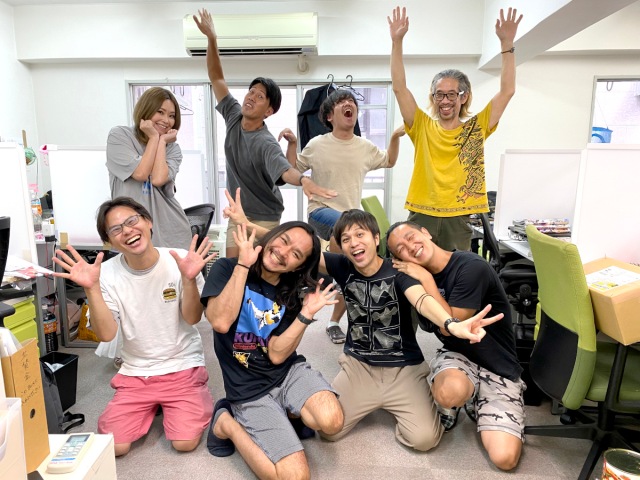
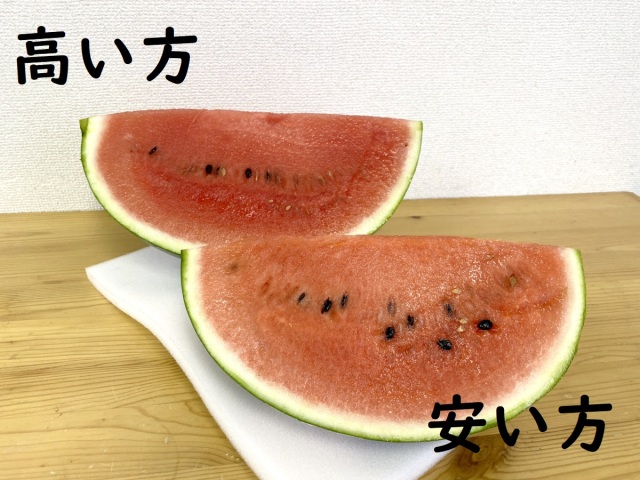
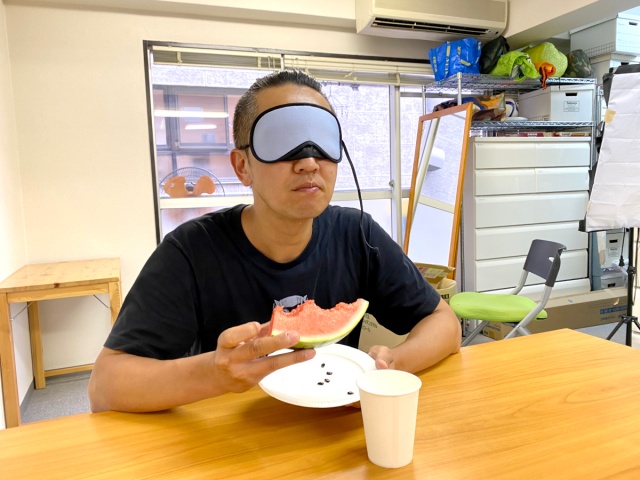
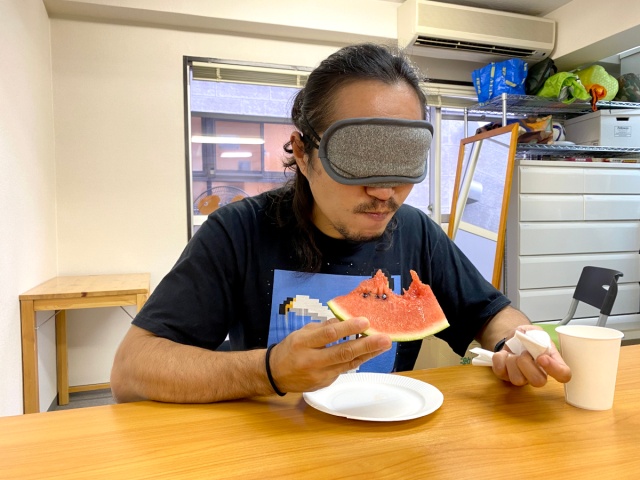
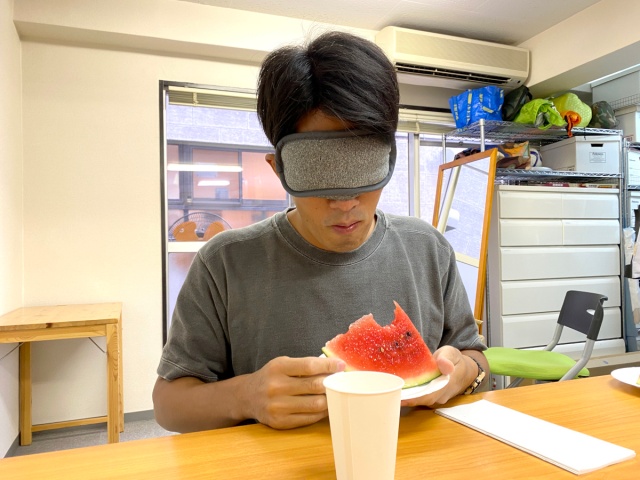
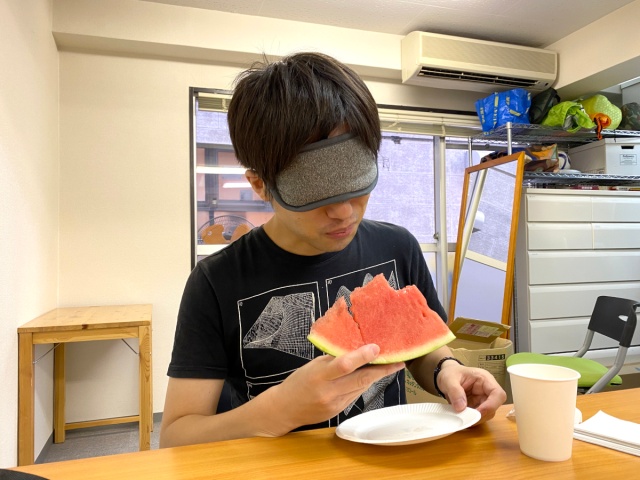
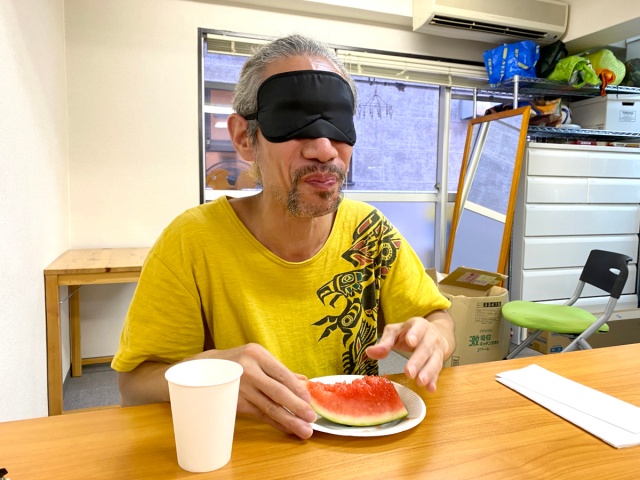

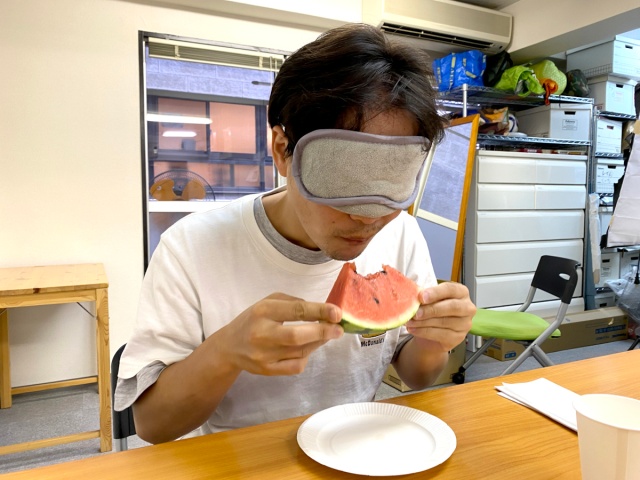
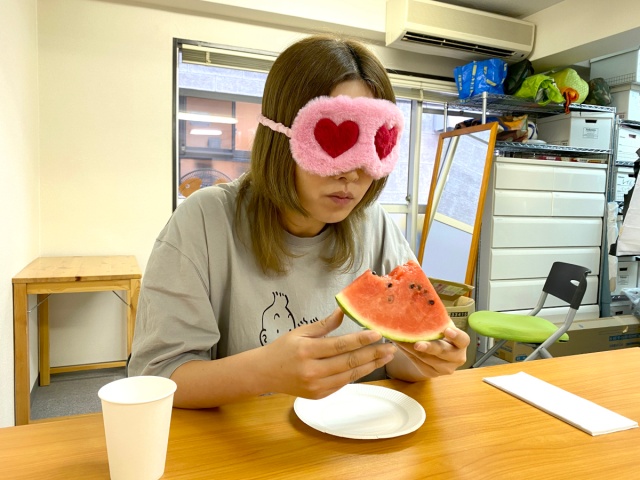
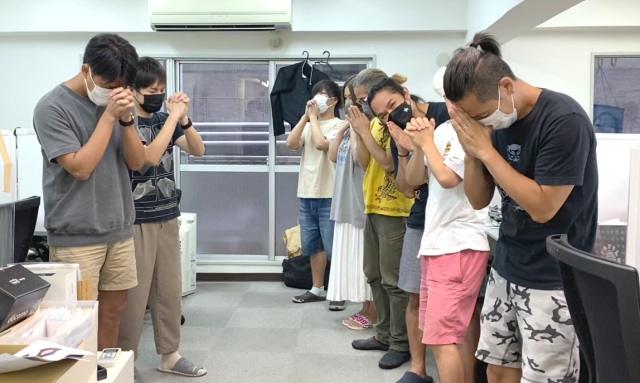
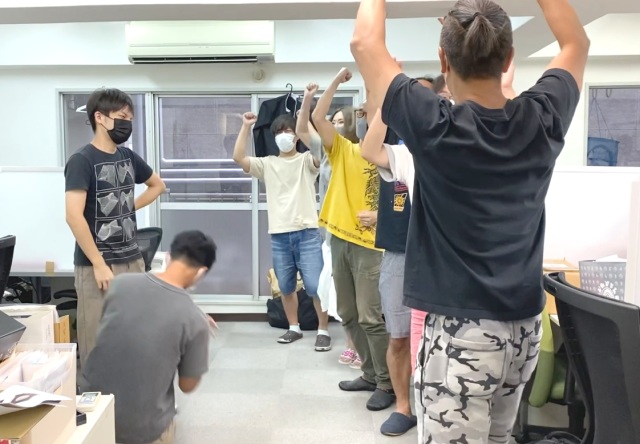
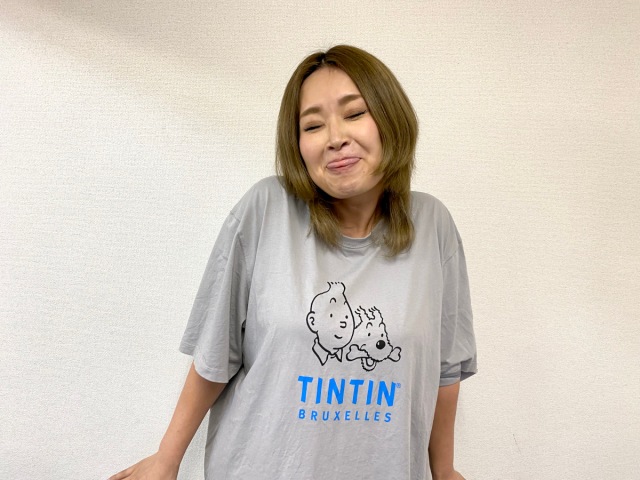
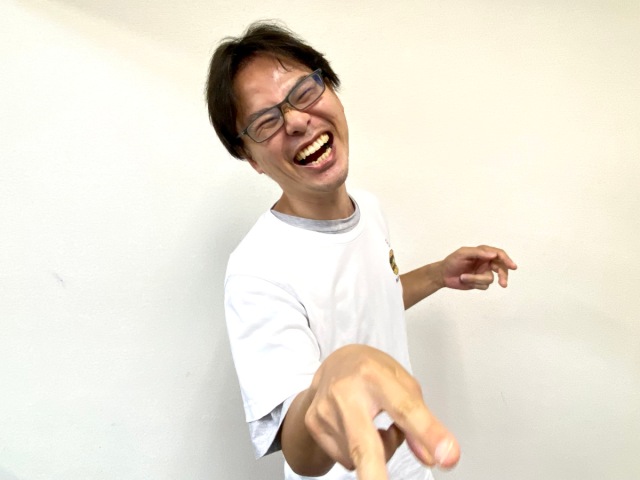
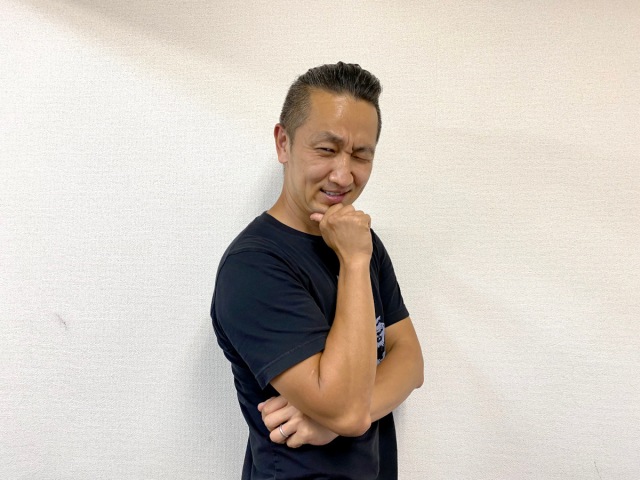
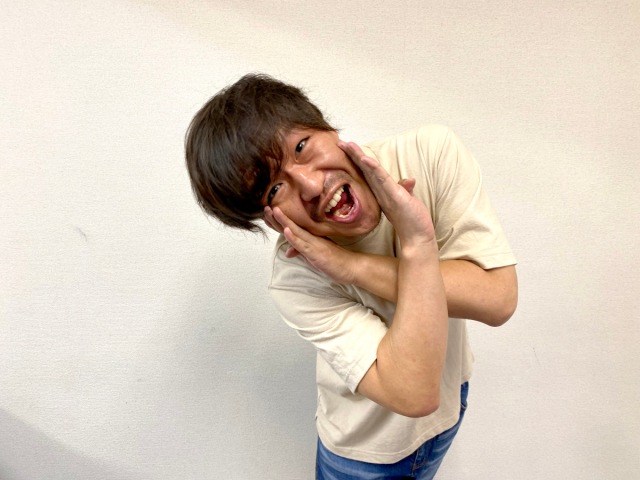
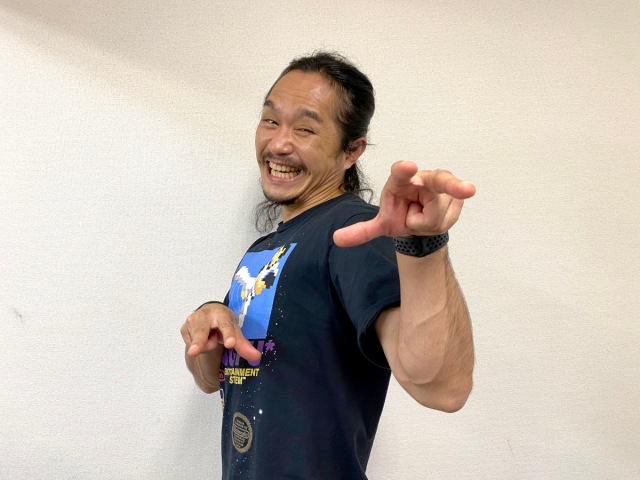
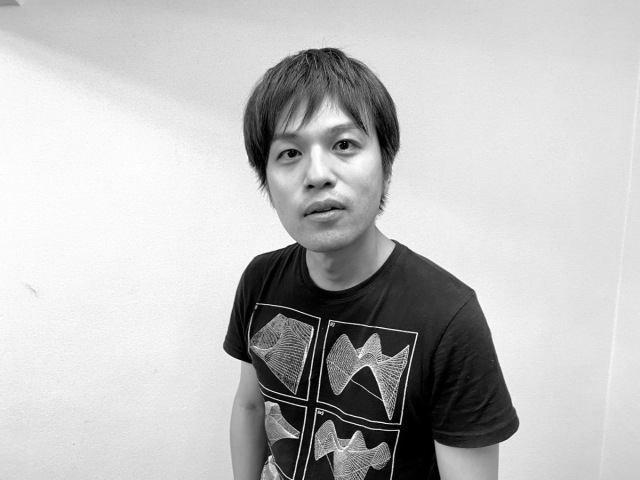


 Do expensive 10,000 yen Japanese cherries taste better than cheap ones from the supermarket?
Do expensive 10,000 yen Japanese cherries taste better than cheap ones from the supermarket? Our toughest blind taste test yet — can our writers pick out the more expensive mochi?
Our toughest blind taste test yet — can our writers pick out the more expensive mochi? Can our reporters tell fancy specialty store camembert cheese from the convenience store stuff?
Can our reporters tell fancy specialty store camembert cheese from the convenience store stuff? Can our writers tell the difference between cheesecake from a luxury hotel and a factory?
Can our writers tell the difference between cheesecake from a luxury hotel and a factory? Can our writers pick out the pricier strawberry shortcake against one over four times cheaper?
Can our writers pick out the pricier strawberry shortcake against one over four times cheaper? Foreigner’s request for help in Tokyo makes us sad for the state of society
Foreigner’s request for help in Tokyo makes us sad for the state of society Seaside scenery, history, and so many desserts on Yokohama’s Akai Kutsu【Japan Loop Buses】
Seaside scenery, history, and so many desserts on Yokohama’s Akai Kutsu【Japan Loop Buses】 Japanese city loses residents’ personal data, which was on paper being transported on a windy day
Japanese city loses residents’ personal data, which was on paper being transported on a windy day Should you add tartar sauce to Japanese curry rice? CoCo Ichi makes diners an unusual offer
Should you add tartar sauce to Japanese curry rice? CoCo Ichi makes diners an unusual offer Akihabara pop-up shop sells goods made by Japanese prison inmates
Akihabara pop-up shop sells goods made by Japanese prison inmates Mt. Koya planning to instate visitor’s tax to cope with huge tourist numbers
Mt. Koya planning to instate visitor’s tax to cope with huge tourist numbers Ghibli Park now selling “Grilled Frogs” from food cart in Valley of Witches
Ghibli Park now selling “Grilled Frogs” from food cart in Valley of Witches Japanese company uses “crow language” to keep them away from garbage 【Video】
Japanese company uses “crow language” to keep them away from garbage 【Video】 The picture-perfect cosplayers of Comiket 100’s Day 1【Photos】
The picture-perfect cosplayers of Comiket 100’s Day 1【Photos】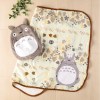 New Totoro, Catbus, and other Ghibli plushies transform from cushions to blankets【Photos】
New Totoro, Catbus, and other Ghibli plushies transform from cushions to blankets【Photos】 McDonald’s new Happy Meals offer up cute and practical Sanrio lifestyle goods
McDonald’s new Happy Meals offer up cute and practical Sanrio lifestyle goods Japanese ramen restaurants under pressure from new yen banknotes
Japanese ramen restaurants under pressure from new yen banknotes French Fries Bread in Tokyo’s Shibuya becomes a hit on social media
French Fries Bread in Tokyo’s Shibuya becomes a hit on social media Studio Ghibli releases new action figures featuring Nausicaä of the Valley of the Wind characters
Studio Ghibli releases new action figures featuring Nausicaä of the Valley of the Wind characters Red light district sushi restaurant in Tokyo shows us just how wrong we were about it
Red light district sushi restaurant in Tokyo shows us just how wrong we were about it New private rooms on Tokaido Shinkansen change the way we travel from Tokyo to Kyoto
New private rooms on Tokaido Shinkansen change the way we travel from Tokyo to Kyoto Tokyo Tsukiji fish market site to be redeveloped with 50,000-seat stadium, hotel, shopping center
Tokyo Tsukiji fish market site to be redeveloped with 50,000-seat stadium, hotel, shopping center Beautiful Ghibli sealing wax kits let you create accessories and elegant letter decorations【Pics】
Beautiful Ghibli sealing wax kits let you create accessories and elegant letter decorations【Pics】 Studio Ghibli releases Kiki’s Delivery Service chocolate cake pouches in Japan
Studio Ghibli releases Kiki’s Delivery Service chocolate cake pouches in Japan New definition of “Japanese whiskey” goes into effect to prevent fakes from fooling overseas buyers
New definition of “Japanese whiskey” goes into effect to prevent fakes from fooling overseas buyers Our Japanese reporter visits Costco in the U.S., finds super American and very Japanese things
Our Japanese reporter visits Costco in the U.S., finds super American and very Japanese things All-you-can-drink Starbucks and amazing views part of Tokyo’s new 170 meter-high sky lounge
All-you-can-drink Starbucks and amazing views part of Tokyo’s new 170 meter-high sky lounge More foreign tourists than ever before in history visited Japan last month
More foreign tourists than ever before in history visited Japan last month New Pokémon cakes let you eat your way through Pikachu and all the Eevee evolutions
New Pokémon cakes let you eat your way through Pikachu and all the Eevee evolutions Disney princesses get official manga makeovers for Manga Princess Cafe opening in Tokyo
Disney princesses get official manga makeovers for Manga Princess Cafe opening in Tokyo Sales of Japan’s most convenient train ticket/shopping payment cards suspended indefinitely
Sales of Japan’s most convenient train ticket/shopping payment cards suspended indefinitely Sold-out Studio Ghibli desktop humidifiers are back so Totoro can help you through the dry season
Sold-out Studio Ghibli desktop humidifiers are back so Totoro can help you through the dry season Japanese government to make first change to romanization spelling rules since the 1950s
Japanese government to make first change to romanization spelling rules since the 1950s Ghibli founders Toshio Suzuki and Hayao Miyazaki contribute to Japanese whisky Totoro label design
Ghibli founders Toshio Suzuki and Hayao Miyazaki contribute to Japanese whisky Totoro label design Doraemon found buried at sea as scene from 1993 anime becomes real life【Photos】
Doraemon found buried at sea as scene from 1993 anime becomes real life【Photos】 Tokyo’s most famous Starbucks is closed
Tokyo’s most famous Starbucks is closed One Piece characters’ nationalities revealed, but fans have mixed opinions
One Piece characters’ nationalities revealed, but fans have mixed opinions We asked a Uniqlo employee what four things we should buy and their suggestions didn’t disappoint
We asked a Uniqlo employee what four things we should buy and their suggestions didn’t disappoint Princesses, fruits, and blacksmiths: Study reveals the 30 most unusual family names in Japan
Princesses, fruits, and blacksmiths: Study reveals the 30 most unusual family names in Japan Our writers battle to distinguish Lady Boden from the 8x more expensive Jean-Paul Hévin ice cream
Our writers battle to distinguish Lady Boden from the 8x more expensive Jean-Paul Hévin ice cream Can our writers’ taste buds pick out the luxury kamaboko fish cake from these two?
Can our writers’ taste buds pick out the luxury kamaboko fish cake from these two? Can our foodie reporters tell the difference between two brands of tofu with a huge price gap?
Can our foodie reporters tell the difference between two brands of tofu with a huge price gap? Move over square watermelons – Japan now has square watermelon bread!
Move over square watermelons – Japan now has square watermelon bread! U.S. Rapper Lil Baby makes waves in Japan, but for something other than his music
U.S. Rapper Lil Baby makes waves in Japan, but for something other than his music Can you tell the difference between real beer and Japan’s happoshu quasi-beer?【Taste test】
Can you tell the difference between real beer and Japan’s happoshu quasi-beer?【Taste test】 Watermelon bagels arrive in Japan, then in our bellies【Taste test】
Watermelon bagels arrive in Japan, then in our bellies【Taste test】 How to make Starbucks Japan’s new Watermelon Frappuccino taste even more watermelony
How to make Starbucks Japan’s new Watermelon Frappuccino taste even more watermelony Attack on Titan-melon! Japanese mom creates replica of anime’s Colossal Titan out of watermelon
Attack on Titan-melon! Japanese mom creates replica of anime’s Colossal Titan out of watermelon Starbucks Japan releases first-ever nationwide watermelon Frappuccino, and it’s a summer stunner
Starbucks Japan releases first-ever nationwide watermelon Frappuccino, and it’s a summer stunner Watermelon Dango: Traditional Japanese dessert gets a new look for summer with an amazing flavour
Watermelon Dango: Traditional Japanese dessert gets a new look for summer with an amazing flavour Watermelon soup? We test out a strangely alluring recipe from Ajinomoto【Recipe】
Watermelon soup? We test out a strangely alluring recipe from Ajinomoto【Recipe】 No one has ever loved anything as much as these adorable Japanese ducks love watermelon【Video】
No one has ever loved anything as much as these adorable Japanese ducks love watermelon【Video】 From watermelon to waterpizza: We tried making fruit pizza to beat the heat【SoraKitchen】
From watermelon to waterpizza: We tried making fruit pizza to beat the heat【SoraKitchen】 What happens when you cook beer with potato chips in a rice cooker?
What happens when you cook beer with potato chips in a rice cooker?
Leave a Reply